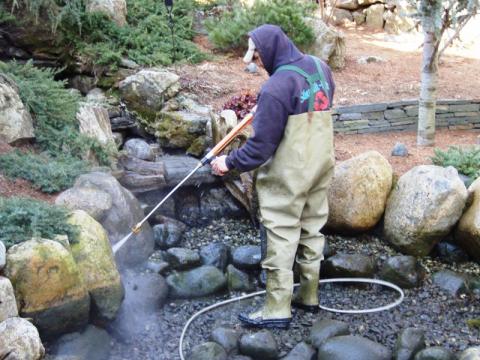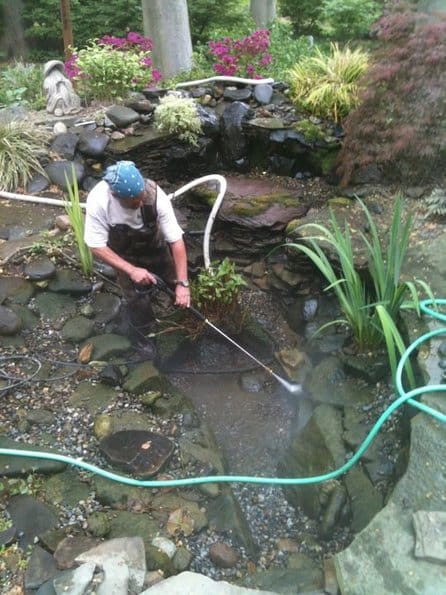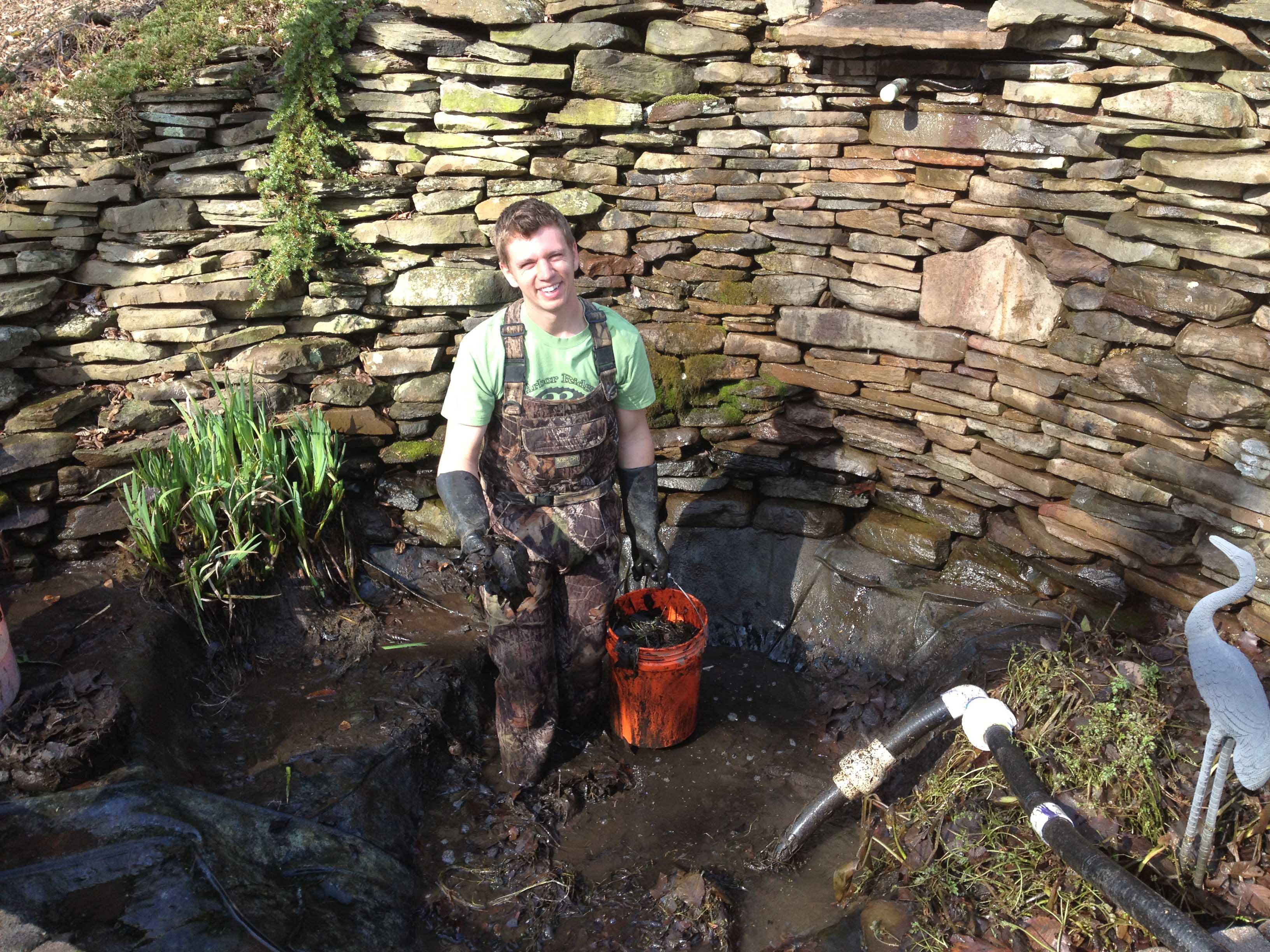Obviously, circulation is important but most ponds (without bottom drains) have poor water circulation in their lower regions, a sort of a dead zone near the bottom where the suspended "mulm" is able to settle out. Typically, a thin layer of this stuff is not harmful, in fact, some would argue that it is even beneficial because of the bacteria colonies you speak of. However, if it gets thick enough the lower levels can turn anoxic which is generally considered an undesirable condition is a backyard pond because of the type of bacteria that grow in those conditions and the type of gas they produce (H2S).
To be sure, this is a common condition in many natural ponds and even many backyard ponds where they can exist for years with this anoxic layer of biological activity going on in the bottom of the pond, providing it is relatively minor and/or does not get disturbed. Disturbing, or stirring up a thick layer of this stuff in a pond with fish in it would result in a quick release of toxic H2S that would be harmful, if not lethal, to the fish.
This layer of muck is a very common condition in many ponds, in fact, there is quite an industry built around the removal of this undesirable layer of pond muck.
Somehow I doubt that all that muck in the above ponds is excess fish food.

I prefer to rely on my bottom drain and settling tank for removing the muck from the bottom of my pond










